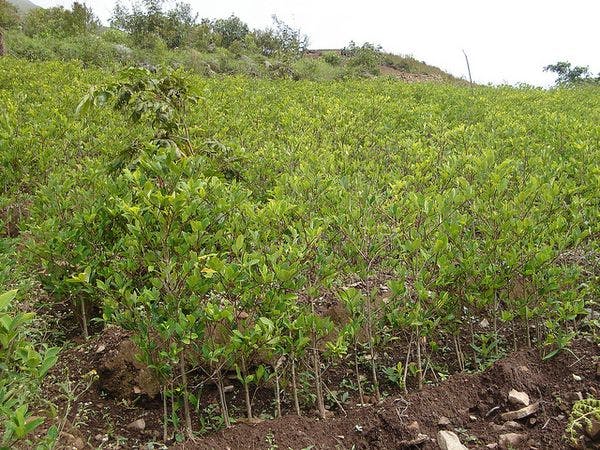La diminution historique de la culture de coca en Bolivie se maintient
Pour la cinquième année consécutive, l’Office des Nations Unies contre la Drogue et le Crime (ONUDC) a rapporté un déclin des superficies où la coca est cultivée dans l’Etat Plurinational de Bolivie. Pour en savoir plus, en anglais, veuillez lire les informations ci-dessous.
Abonnez-vous à l'Alerte mensuelle de l'IDPC pour recevoir des informations relatives à la politique des drogues.
By Kathryn Ledebur and Coletta A. Youngers
For the fifth year in a row, the UN Office on Drugs and Crime (UNODC) has reported a decline in the area under coca cultivation in the Plurinational State of Bolivia. Between 2010 and 2014, the country achieved a remarkable 34 percent net reduction in the area under coca cultivation. UNODC estimated 20,400 hectares of coca in Bolivia in 2014. In 2015, according to figures just released in UNODC’s 2015 coca monitoring survey, the area under cultivation decreased by one percent, leveling off at 20,200 hectares, the lowest amount registered in the history of UNODC monitoring efforts in the country. Coca reduction efforts continued over the course of the year, with an estimated 11,000 hectares eliminated. The Morales administration is now very close to meeting its goal of limiting coca cultivation for traditional and other legal uses to 20,000 hectares (about 77 square miles), an amount that would guarantee subsistence income for farmers and help to stem production for the illicit market.
Click here to read the full article.
Keep up-to-date with drug policy developments by subscribing to the IDPC Monthly Alert.
Thumbnail:Flickr CC Pablo Andrés Rivero
Sujets
Profils associés
- Kathryn Ledebur
- Coletta Youngers
